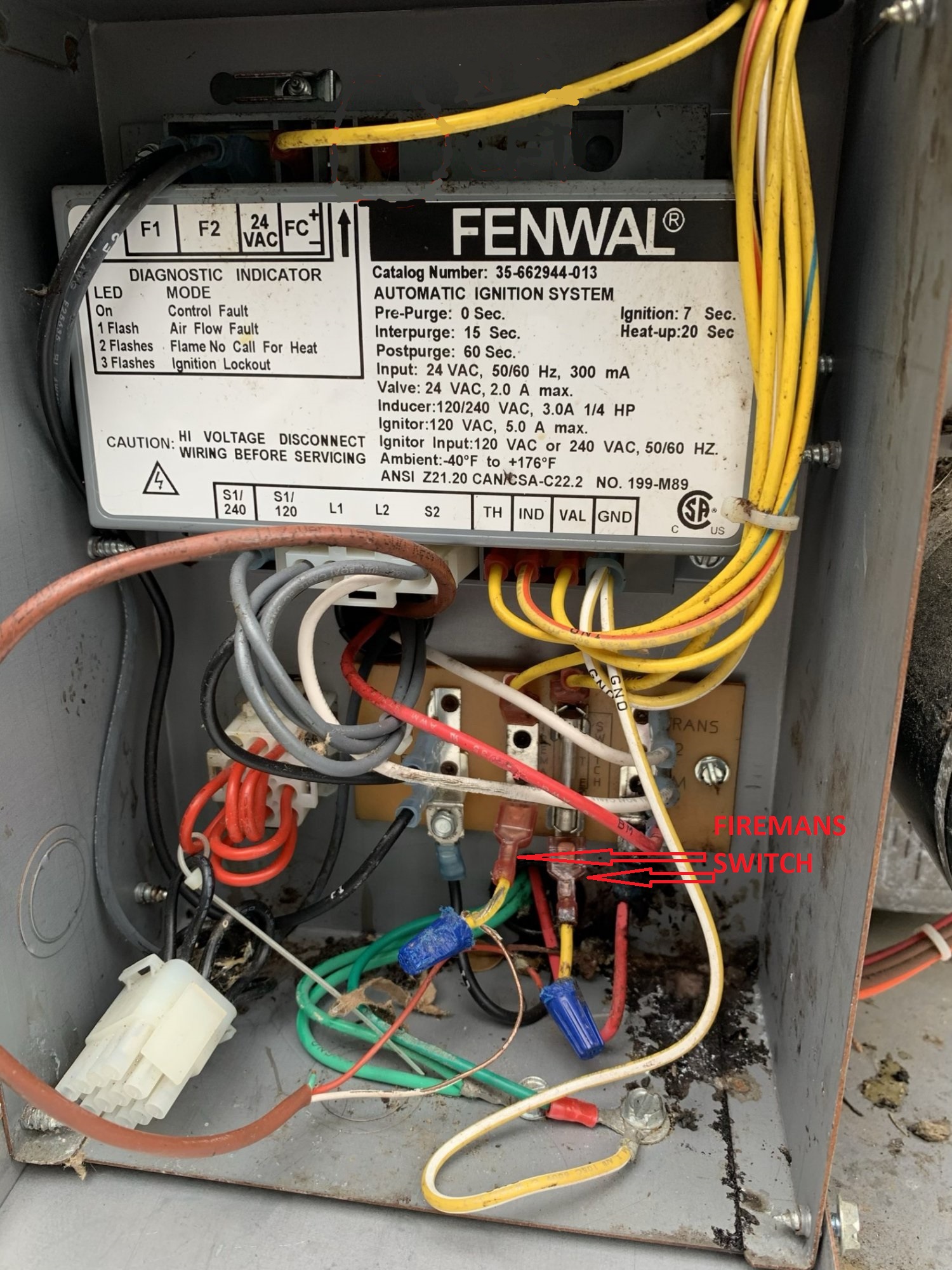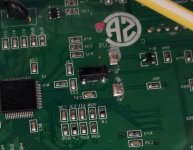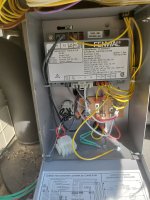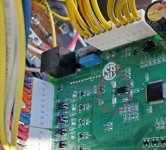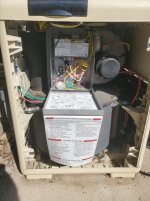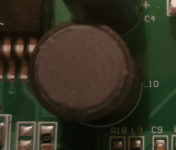Hello,
Had a few storms recently (although not sure it is what caused the damage). I have a Mastertemp 200 pool heater and the display is blank and no LEDs illuminate. I saw that the fuse was blown. Got a replacement fuse and turned back on the breaker and the new fuse blew instantly. I'm thinking it is either the control board or transformer. Does anyone know how to properly root cause which is the issue (or something else?) I have a fluke multimeter so I can take simple measurements.
Thanks in advance!
Had a few storms recently (although not sure it is what caused the damage). I have a Mastertemp 200 pool heater and the display is blank and no LEDs illuminate. I saw that the fuse was blown. Got a replacement fuse and turned back on the breaker and the new fuse blew instantly. I'm thinking it is either the control board or transformer. Does anyone know how to properly root cause which is the issue (or something else?) I have a fluke multimeter so I can take simple measurements.
Thanks in advance!


